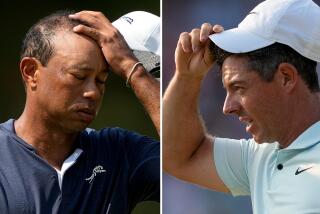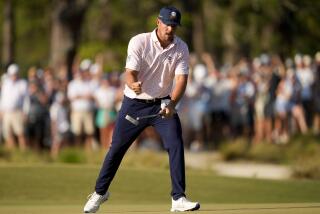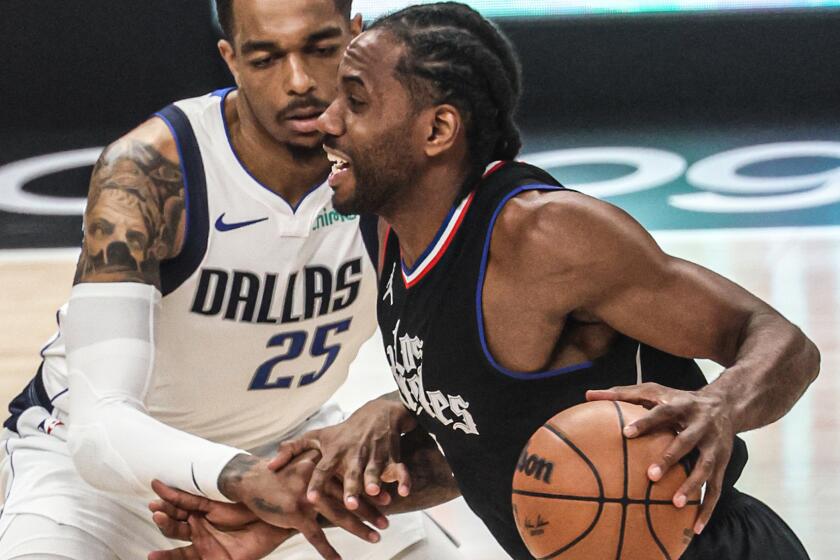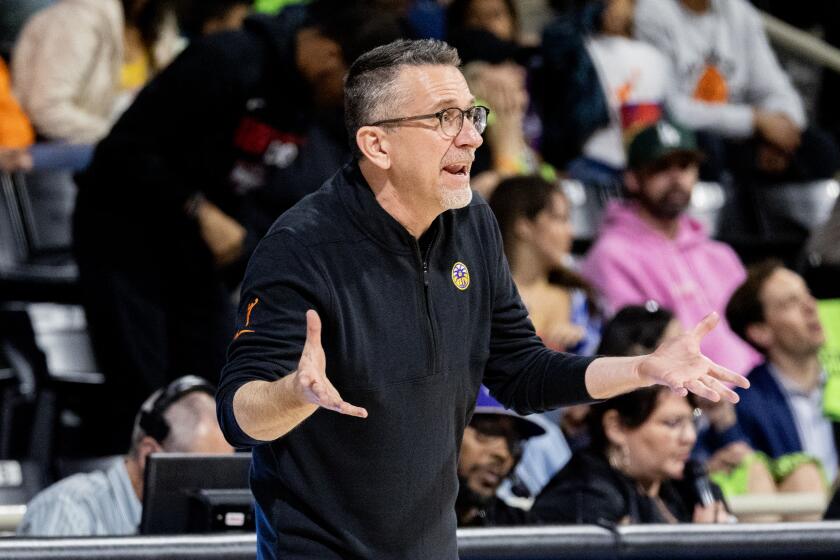Get ready for a wild, wide-open U.S. Open

Expect the buzz around golf to grow louder with the approach of a most-uncommon U.S. Open.
Chambers Bay, the first venue in Washington state to host the event, should bring a unique flavor to the action in June.
It is a big links-style course with lots of bumps and hollows, almost no trees and a decidedly brownish tinge.
“It really does make for an interesting ebb and flow to the test of golf and certainly it adds to the endurance in terms of walking the golf course too,” said Mike Davis, executive director of the U.S. Golf Assn., at media day Monday.
Variable tee locations will give players a different look from day to day with downhill tee shots becoming uphill shots. The No. 1 and No. 18 holes can switch between par four and par five each morning.
The playing surface will be fine fescue that “doesn’t need a lot of water, doesn’t need a lot of nutrients, which makes it, from a sustainability standpoint, a wonderful grass,” David said. “But it’s a great grass to play golf on because it doesn’t have any tackiness to it. It’s a thin blade of grass, round and [when] the ball hits it, where a lot of other grasses will kind of grab it, fescue, it skids.”
“If it’s firm and fast and then you add slopes and undulations, from a player’s standpoint, you really have to think your way around this golf course,” he said. “You, again, you have to think about what’s going to happen when the ball lands.”
David predicted that some players would respond well to the requirement for imagination.
“Then there’s other players who they just want predictability,” he said. “They want something right in front of them. They don’t want to have to guess what’s going to happen when their ball lands.”
More to Read
Go beyond the scoreboard
Get the latest on L.A.'s teams in the daily Sports Report newsletter.
You may occasionally receive promotional content from the Los Angeles Times.











